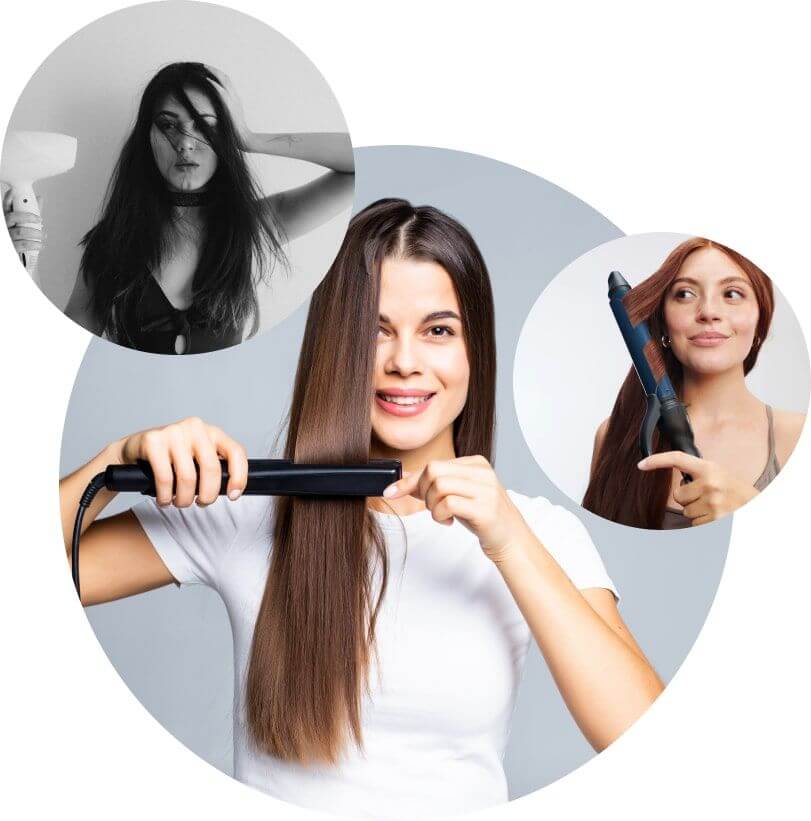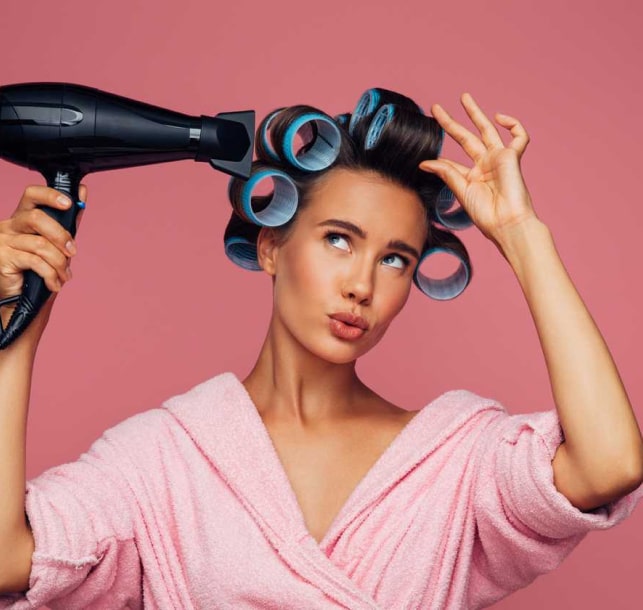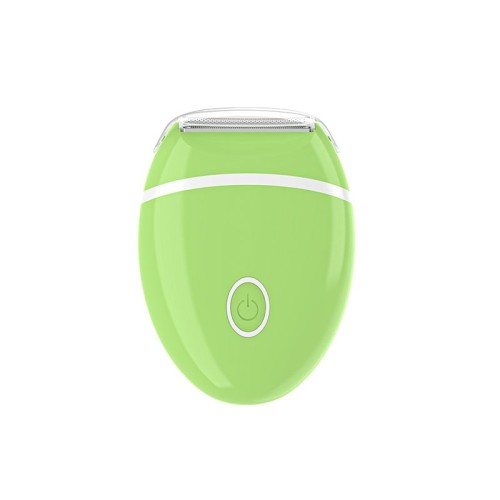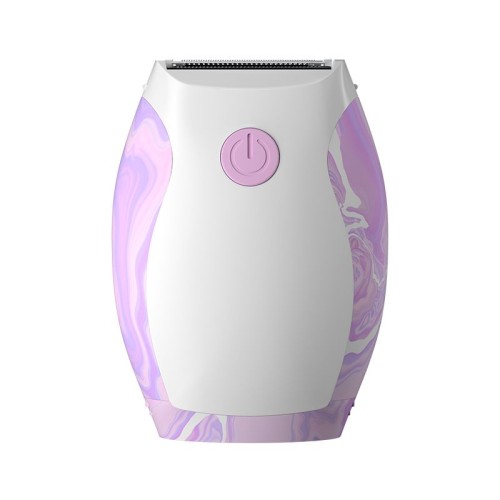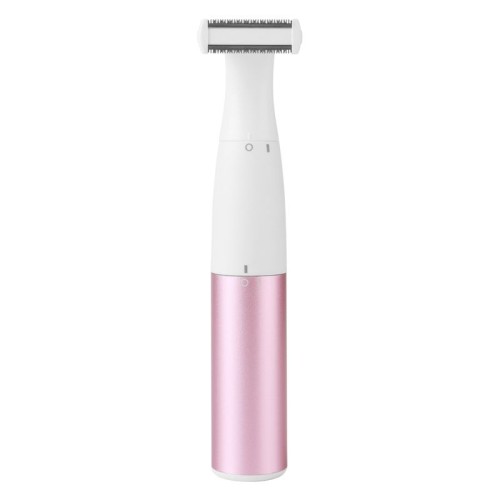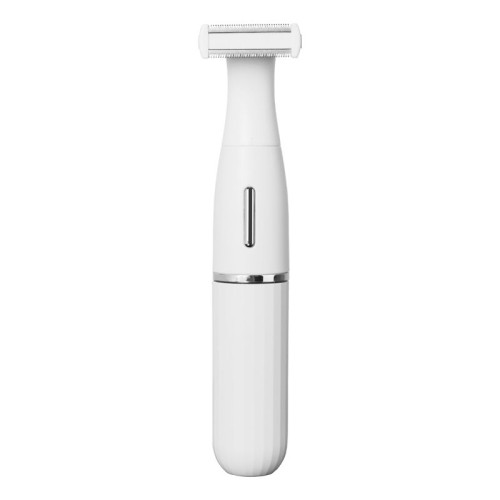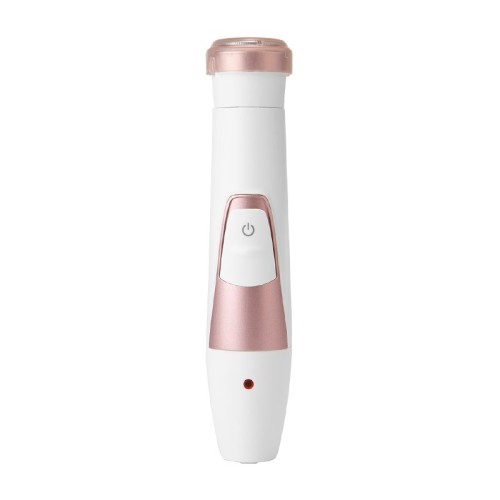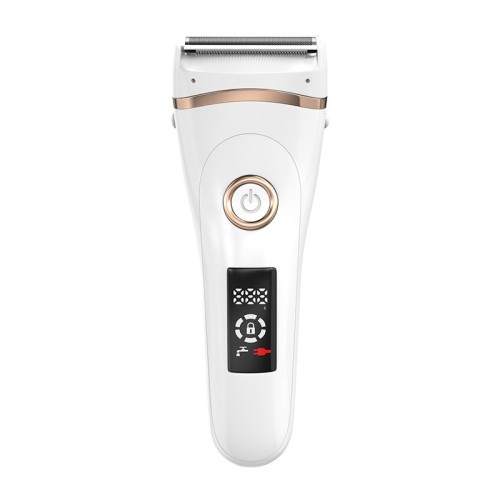Oct / 2024
Do you get tired of getting damaged, frizzy hair after blow-drying? Don’t worry – you can have the best of both worlds: a sleek, stylish blowout and healthy, vibrant locks. It's essential to use the right tools and methods. Read this article to learn some of the best ways to dry your hair without making it too dry. What causes heat damage to your hair? You won’t be surprised that heat can mess with your hair, but how does breakdown happen? High temperatures can crack open the cuticle (the outermost layers of your hair shaft), eliminating the water we need to keep our hair hydrated and leading to easier breakage. Keratin is also found in hair. High heat can change how hair's protein is structured, weakening it. If you compare your hair to a fine silk shirt, the more you iron it with a hot iron, the faster the fabric will break. If you use a hair dryer, straightener, or curler often, you might want to look for signs of heat damage. Some of these are: · Split ends · Being dry and brittle · Being dull · Greater breaking · Losing color going away Drying Tips to Avoid Damaging Your Hair 1. Don’t Blow Dry Soaked Hair When drying hair, it’s essential to let it towel dry or air dry just a bit before you apply any heat. If the hair is too wet during drying, it will have an extra frizz effect. It will also take longer to dry, and you’ll need to use more heat, causing damage. After that, you can use a blow dryer to gently towel dry your hair or let it air dry for a few minutes, but it will still be too wet for a smoother finish. You can also remove excess water from your hair using a microfiber towel or cotton T-shirt without damaging your locks. 2. Use A Heat Protectant Before you blow-dry your hair, apply a heat-protectant product to protect it from the harm of heat styling. This will help you discover what works for you and teach you how to dry your hair without damaging it. 3. Use Sections To Blow Dry Your Hair Blow-drying your hair section at a time is essential so you don’t blow too much hot hair at once. Clip or tie your hair up in sections and try to dry one section at a time. As you dry, use a round brush to lift and smooth each section, and do so at least 6 inches away from your hair in the blow dryer. This will also help move heat around, not trap it, and potentially damage things. 4. Start On Low Heat Blow dry on the lowest setting possible to lessen hair damage, and move the dryer away from your hair. Hold the blow dryer at least 6 inches away from the hair to reduce direct heat exposure to the hair. 5. Use The Right Tools Not all blow dryers are the same. And remember that you will be on your way to figuring out how to dry your hair without damaging it. The number of heat and speed options and the ability to add some attachments for more customization are some of the things some blow dryers offer. But with some proper settings, you can also keep the hair healthy and hydrated. Be careful to select the tools wisely! It’s worth a good blow dryer. Don’t concentrate the heat on anything for too long; whatever you do. Move the blow dryer continually. 6. Finish With Cool Air Use the cool shot button on your blow dryer to lock in your style and reduce the damage caused by heat. This blast of cool air will seal the hair cuticle in, alleviating the shine. 7. Don’t Stop Until You’re Done It might take longer, but it will do better. But make sure your blowout finishes with dehydrated, room-temperature hair. If you stop drying your hair when you start, you’re in for much more frizz and flyaway. These tips will teach you how to dry your hair without damaging it. Once you adopt them, these habits will become second nature. A Few More Tips to Avoid Heat-Damaged Hair · Invest in quality tools: High-quality heat styling tools can decrease heat damage to your hair. · Avoid styling as much as possible: The healthier your hair will be, the less heat styling you do. · Allow your hair to dry naturally: Air drying is the gentlest way to dry hair and keeps you safe from heat damage. Use hair masks and deep conditioning treatments in your dry hair care routine. · Explore heatless styling alternatives (trendy hairstyles): You can rock many styles without turning on your heat styling tools. Experiment and look at what works best for you. What’s the Healthiest Way for Hair to Dry? Your hair texture and concerns will determine which blow dryer is best. Two of the more common dryer options are ceramic and ionic. Ionic Hair Dryers These dryers are filled with millions of negative ions that attack the positively charged water molecules as they fly out of your hair, preventing frizz and hair static. If you have thick, unruly locks and frizz, ionic hair dryers are great for smoothing down. The short drying time also helps your hair dry faster, especially if blowing dry your hair every day; the less heat your hair gets exposed to, the better. If your hair is oily or more prone to falling flat, an ionic hair dryer won't give you the same lift as a ceramic one. Ceramic Hair Dryers Although these dryers emit a tiny negative ion, they do not provide enough to combat frizz—so if frizz control is your primary concern, you might opt for an ionic dryer. Despite being the most common blow dryers, ceramic blow dryers do great for all hair types. Their ceramic coating allows for rougher coverage of your hair, which is a must for fine, old hair. Perfect for fine or thin locks that might fall flat on an ionic dryer, ceramic blow dryers retain lift and movement without compromising sleekness. Final words Do Hair Dryers damage your hair? Yes. Hair Dryer use can be damaging without the proper care and moderation, but with that, you can maintain healthy hair that suffers very little damage. Moisturizing treatments and changes to your hair care routine might help you restore natural texture and shine to your hair.







